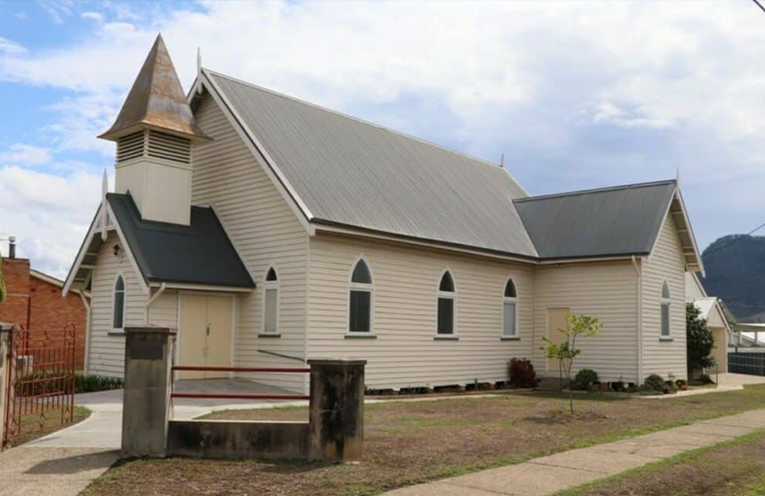
OUR town of Gloucester whispers tales of its rich past through its captivating heritage architecture.
Stepping onto the streets of our town feels like stepping back in time, with buildings showcasing the craftsmanship and influences that shaped the region’s history.
 Advertise with News of The Area today.
Advertise with News of The Area today.It’s worth it for your business.
Message us.
Phone us – (02) 4981 8882.
Email us – media@newsofthearea.com.au
We’re lucky enough to have examples of colonial convict-built Federation and Queen Anne styles, each reflecting a distinct era and embodying the constrictions and aspirations of their time.
The early years
Established in 1827, our town and its story are intricately linked to the timber industry that played a crucial role in its development.
The discovery of rich cedar forests in the area provided the impetus.
Timber, especially cedar, was highly sought-after for its durability and beauty, and the Gloucester region possessed an abundance of this valuable resource.
However, the harsh terrain and isolation presented significant challenges.
The solution? Convict labour.
Between 1827 and 1842, hundreds of convicts were sent to Gloucester to fell timber, clear land and construct essential infrastructure.
They built sturdy buildings from locally sourced sandstone, including the St Clements Anglican Church (1838) with its understated elegance and hand-hewn timber trusses.
The convict era left an indelible mark on Gloucester’s architecture.
The simple, functional design of these buildings reflects the utilitarian constraints of the time.
Elegant Queen Anne style
The Queen Anne style flourished in the mid to late 19th century.
You’ll recognise a Queen Anne style building by its ornate gables, asymmetrical façades, bay windows, red brick façades with a contrasting white trim, and decorative elements like chimneys and porches.
Buildings in the Queen Anne style were designed to convey a sense of importance and prosperity so often this style was used for banks and civic buildings.
The proud Federation era
The dawn of the 20th century saw Australia embracing its newfound nationhood, reflected in the Federation architectural style.
Blending Victorian influences with elements of Arts and Crafts and California Bungalows, Federation buildings exhibited a sense of confidence and optimism.
From the early 1890s to about 1915, timber, iron lacework, terracotta and tessellated tiles became hallmarks while stained glass windows added elegance and wide verandas spoke to our climate.
An obvious example of public Federation style is the Sellicks Chambers building in Church Street while you can find a good residential example at 16 Cowper Street with its distinctive battened gables.
Federation-Queen Anne
It would be remiss not to mention how these styles blended to form the (mainly) residential expression of Federation-Queen Anne.
These homes retained the asymmetric gables, white window frames and chimneys while adding the terracotta and tessellated tiles, verandahs and Australiana themes in the stained glass.
In Gloucester, a prime example of Queen Anne-Federation style is the former Council Chambers, now the Gloucester District Historical Society.
Walking through history
To explore more of our architectural history, I suggest you take the Gloucester Heritage Walk to witness these styles first hand.
The walk takes you through the heart of the town, showcasing some of its heritage gems like St Andrews Presbyterian Church that’s built in a style I like to call colonial-regional-Gothic or the handsome Bank of Commerce-Bank of NSW-Westpac building built in 1914.
Beyond the heritage walk
Gloucester’s heritage architecture extends beyond the designated walk.
The Gloucester Courthouse (1882), with its Victorian Georgian Revival style, and the Gloucester Memorial Building (1922), a Federation-era tribute to fallen soldiers, are further testaments to the town’s rich architectural history.
Exploring these heritage buildings isn’t just about aesthetics; it’s about connecting with the past.
Each structure tells a story about the evolution of the town, the lives of its people and the cultural influences that shaped its trajectory.
As you walk the streets of Gloucester, let the architecture take you on a journey through time, revealing the heart and soul of this remarkable town nestled amidst the beauty of the Barrington Coast.
By Amanda ROBERTSON
